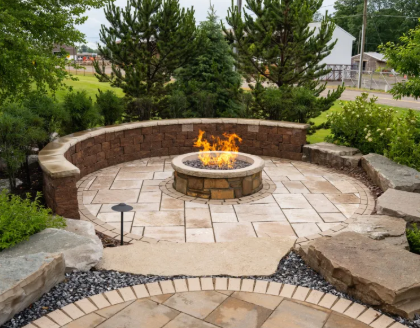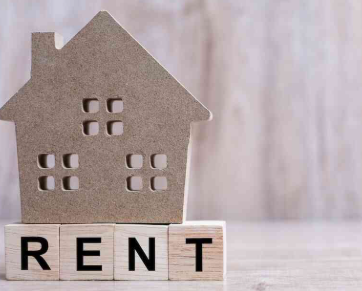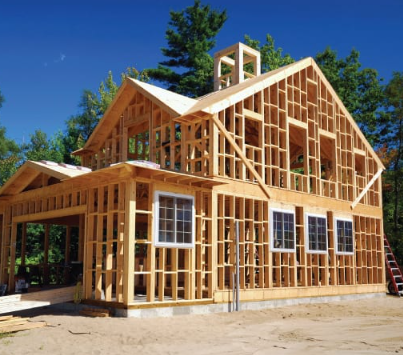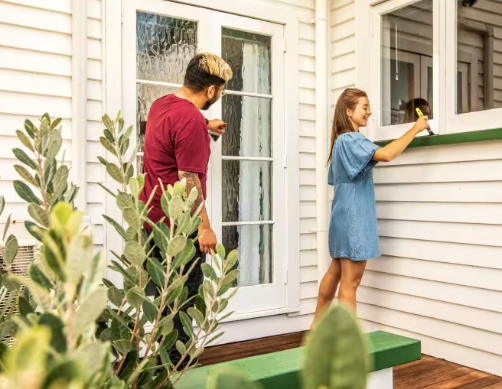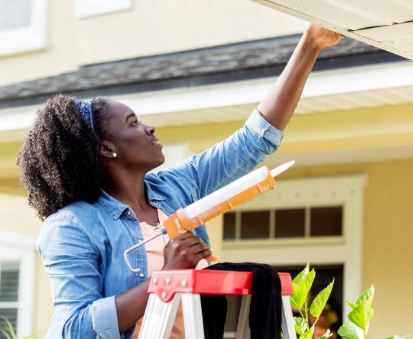Want a better bathroom? Learn what to do and avoid before starting your first remodeling project at home.
Imagine stepping into a bathroom that feels like your personal spa—calm, beautiful, and perfectly designed for your needs. Whether you’re craving a peaceful retreat or a vibrant morning wake-up zone, a bathroom remodel offers the chance to blend comfort with creativity. But while style is exciting, function and planning are key.
For first-time renovators, this guide offers a roadmap. We'll explore inventive design ideas you may not have considered—and highlight common mistakes that too many homeowners only learn about after it's too late. Let’s make your remodel one that inspires and lasts.
What to Do for a Creative Remodel
1. Embrace Bold Yet Timeless Color Schemes
Forget the all-white default. Today’s most exciting bathrooms balance personality with lasting charm. Deep emerald or navy walls, paired with matte gold or black fixtures, bring instant drama without going out of style. For smaller spaces, consider pastel pinks or sage green—they reflect light well while adding softness.
To push your design further, play with grout. A charcoal grout against white tile creates modern contrast. Want even less commitment? Peel-and-stick tiles or removable wallpaper let you experiment fearlessly. They’re renter-friendly, budget-conscious, and surprisingly sophisticated when used thoughtfully.
2. Incorporate Multi-Functional Fixtures
A smart remodel should do more with less. Take the shower: a rainfall head offers relaxation, but pairing it with a handheld sprayer adds cleaning convenience. Floating vanities offer the illusion of space while hiding cleaning products and extra toiletries.
Don’t overlook creature comforts. Heated towel racks aren’t just for cold climates—they dry towels faster and keep the room from feeling damp. Think of them as both a functional upgrade and a small everyday luxury.
3. Add Natural Elements for Ambiance
There’s a reason high-end spas use greenery and wood. Bathrooms benefit from biophilic design—integrating natural elements to reduce stress and improve mood. Low-maintenance plants like pothos or ferns thrive in humidity and soften hard lines.
Stone vessel sinks or wood-look porcelain tile bring organic warmth without sacrificing durability. And don’t underestimate the power of natural light: installing a skylight or even a frosted transom window over the door can brighten the entire room without sacrificing privacy.
4. Leverage Smart Technology
Today’s smart home upgrades aren’t just for kitchens and living rooms. Motion-sensor faucets can save water and minimize mess. Smart showers let you preset temperature and flow preferences for each user—ideal for families or those who hate fiddling with knobs.
For the tech-savvy: waterproof Bluetooth speakers and radiant underfloor heating can turn a basic bath into a premium retreat. Want mood? Install LED strips under cabinets or behind mirrors with dimmable, color-changing options. One tap can shift your vibe from morning energy to nighttime calm.
5. Create a Focal Point
Don’t let your bathroom blend into the background. Design one spot that grabs attention—a bold wallpapered wall behind the vanity, a sculptural tub, or an antique mirror with modern sconces. Even a small detail, like a tiled niche in a shower with a pop of color or pattern, can feel high-end.
Statement pieces anchor a design and give your remodel a custom look, even if the rest of the materials are modest. It’s a smart place to spend a bit more—both visually and emotionally.
What to Avoid
1. Overloading with Trends
Trends are tempting, but they change fast. Today’s bold terrazzo might feel dated in three years. That doesn’t mean you can’t be adventurous—just do it selectively. Balance trend-driven elements (like a funky floor tile) with neutral cabinetry or classic hardware to keep things grounded.
2. Neglecting Practicality
A bathroom should be beautiful—but it also has to work. Open shelving looks great in photos but might not suit a busy household with messy products. Always factor in storage: drawers, cabinets, and wall-mounted options keep things organized and clutter-free.
And please don’t skip ventilation. Stylish doesn’t mean much if mold builds up behind your designer tile. Invest in a quiet, efficient exhaust fan rated for your space size.
3. Ignoring Budget Constraints
It’s easy to fall in love with custom options—curved glass, exotic marble, or imported hardware. But many of these choices involve hidden costs: special labor, extra shipping, and long wait times. Plan for every dollar, including a 15% buffer for surprises like plumbing upgrades or water damage. Also, know which materials last. For example, porous natural stone looks stunning but stains easily unless sealed regularly. Ask questions and do your homework before ordering.
4. Poor Lighting Choices
Bathrooms are multitasking spaces—morning grooming, evening relaxation, middle-of-the-night visits. A single overhead light won’t cut it. Layer your lighting: ambient (ceiling), task (mirror), and accent (shower niche or under vanity). It’s not just about aesthetics—good lighting makes the space safer and more functional. Also, make sure your lighting style complements your decor. Ultra-modern light bars can look jarring in an otherwise classic design.
Conclusion
Bathroom remodeling is more than just updating tiles—it’s your chance to build a personal sanctuary that works for your life. By mixing innovation with practicality, you’ll avoid the common traps that turn dream projects into regretful ones.
Start with one bold idea, plan thoroughly, and prioritize comfort as much as style. Whether you want a spa-like escape or a cheerful family washroom, the right approach will make your new bathroom a space you actually look forward to using—every single day.
